Mastech HY5003 Bench Power Supply is a good choice for a home lab. It is inexpensive, noiseless, not very space demanding, easy to use. Features include 50VDC@3A, 150W, constant voltage/constant current/restricted current modes, fine and coarse voltage and current adjustment. Just enough for most cases of amateur electronics designer activities. And if you are lucky to have a unit compliant with your mains power voltage then you don’t need to read this article any further. This post is for those who for some reasons have an appliance rated for 110V while your mains voltage is 220V and the other way around. Why would you choose a power supply which is incompatible with your mains voltage? – an attentive reader may ask. Well, life is more difficult that we tend to think about it. For instance, we were amongst those unlucky people just because we were not in a position to choose – the power supply was shipped to us from the USA as a prize being won at Hack It 2012 Contest. Upon its arrival it has been discovered that it was simply not rated for Australian standards.
If you still haven’t tried to connect your power supply to mains power, please don’t do this just yet – you will blow up the fuse! But if you already did, don’t worry. It is just a fuse, it is hidden just behind the black power socket as shown on the picture below. Just buy a replacement from any electronics store like Jaycar and your power supply is ready for further experiments. Looking at the rear panel it becomes obvious that HY5003 has actually a place for voltage switch. But thrifty Chinese manufacturer opted not to install it sticking a yellow label instead and bringing down the costs even more. Okay, there is nothing more we can do with the appliance without disassembling it so let’s proceed to the next step.
Remove the screws and metallic housing (don’t forget to disconnect the appliance from mains power before you start disassembling it!). You should see something similar to what is shown on the picture below. Although there could be some insignificant modifications in construction, in general they all should look alike.
Remove two solder joints as it is shown on ‘before’ overlay on the picture below. Use multimeter to make sure that there is no electrical connection. Then solder together two contact pads in the top middle. This will essentially connect two primary coil sections in series rather than in parallel. Make sure that you haven’t shorted accidently anything else.
Assemble your appliance. The bench power supply is rated for 220V AC now.













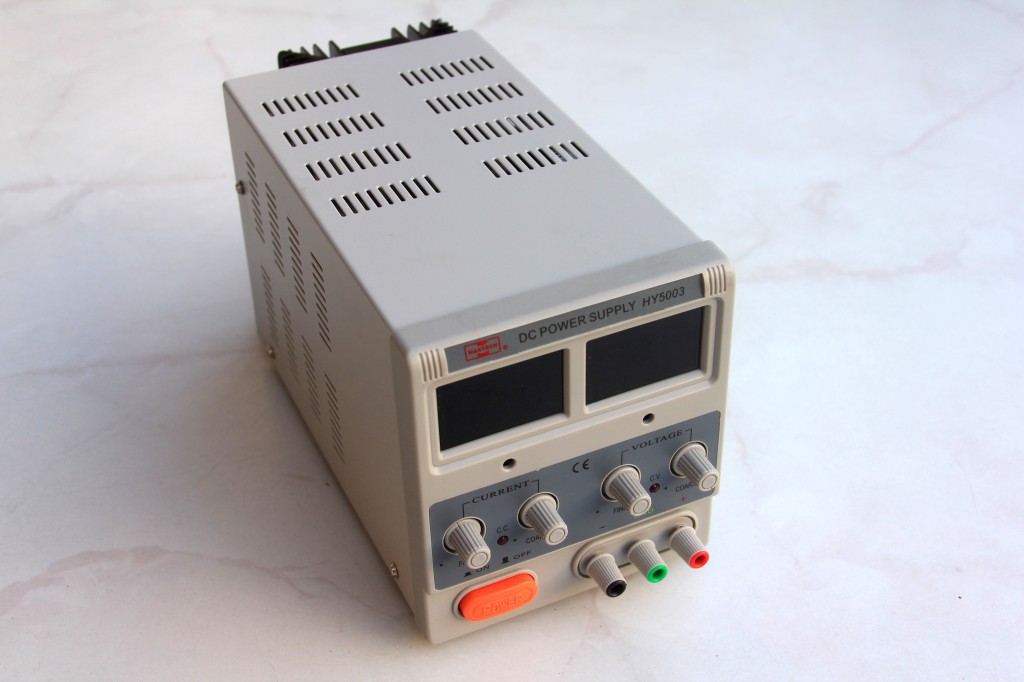
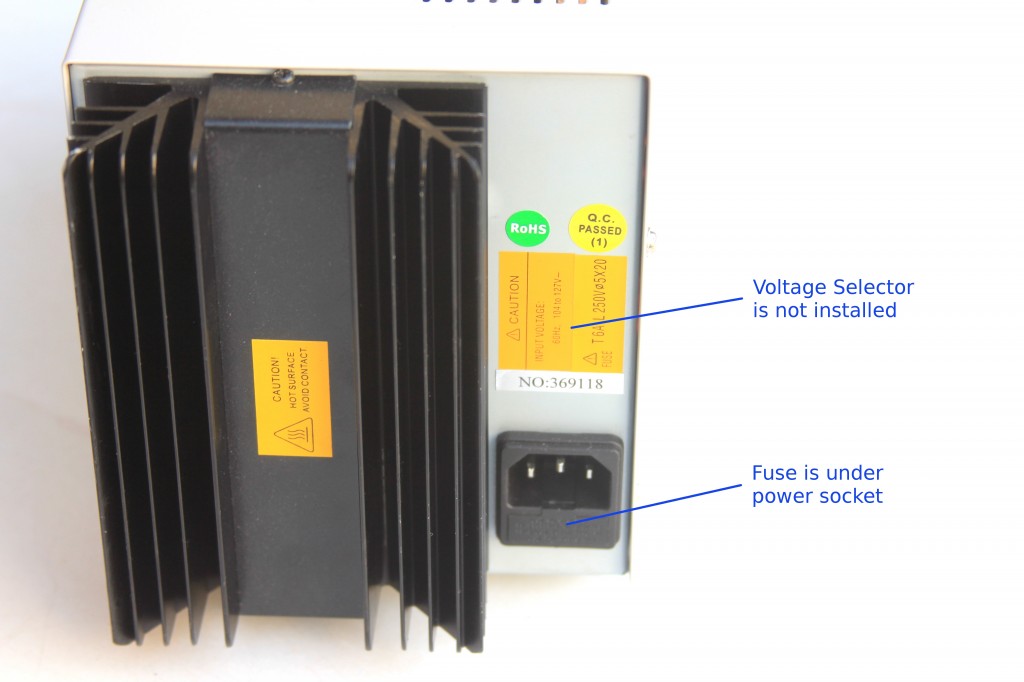
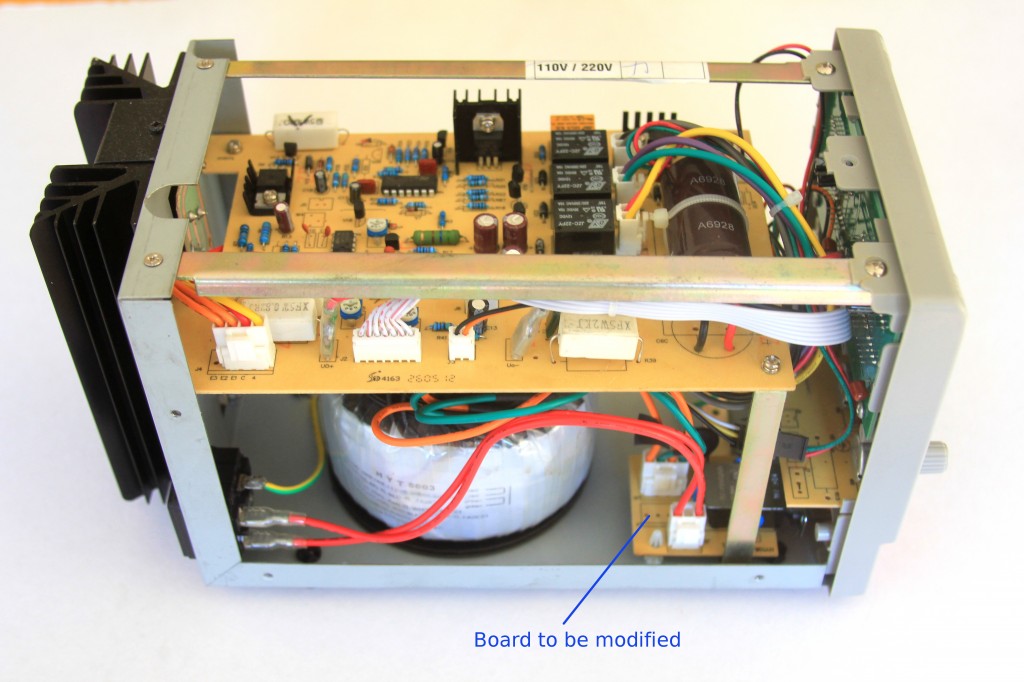
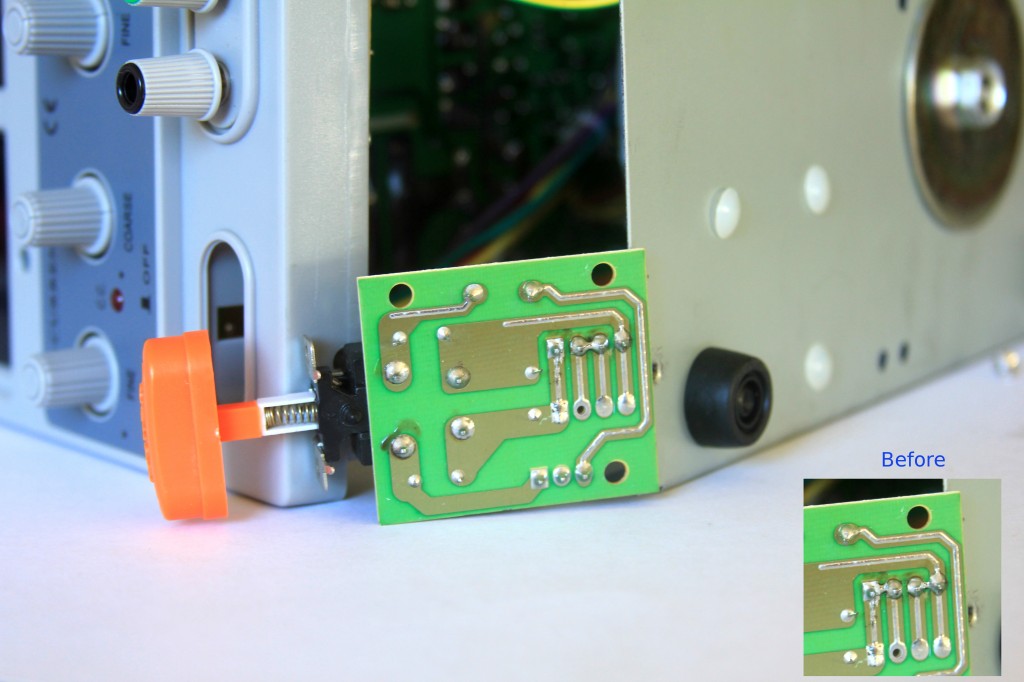
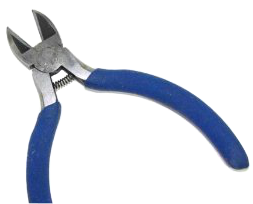
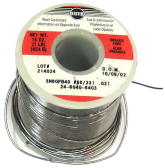
Leave a Reply
You must be logged in to post a comment.